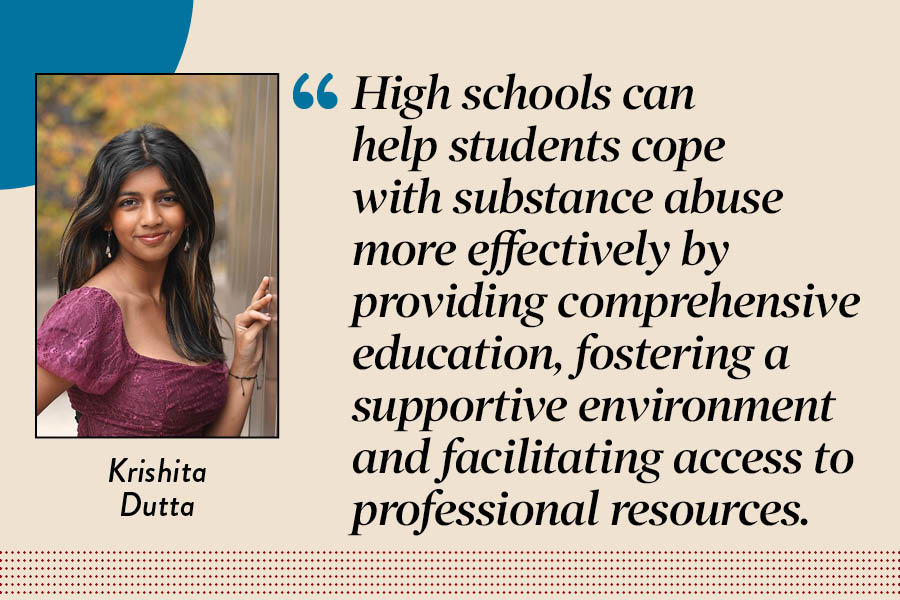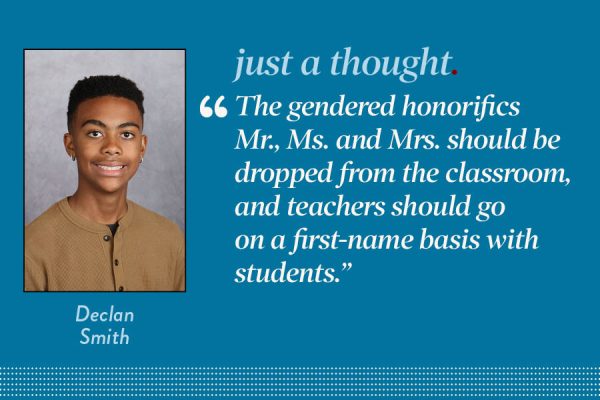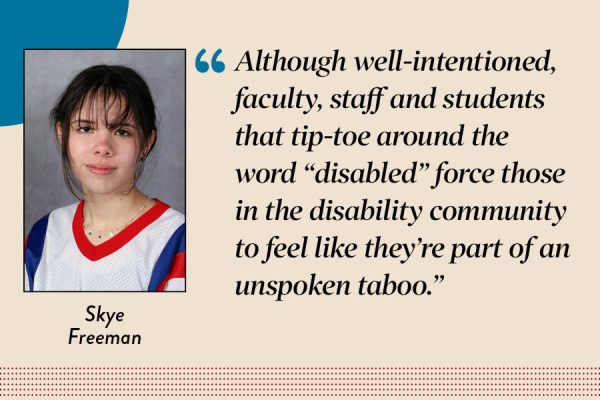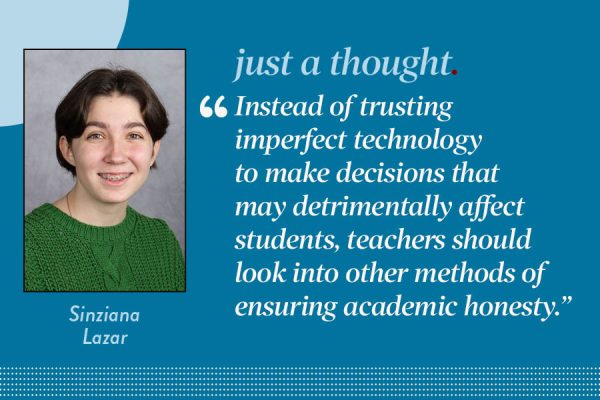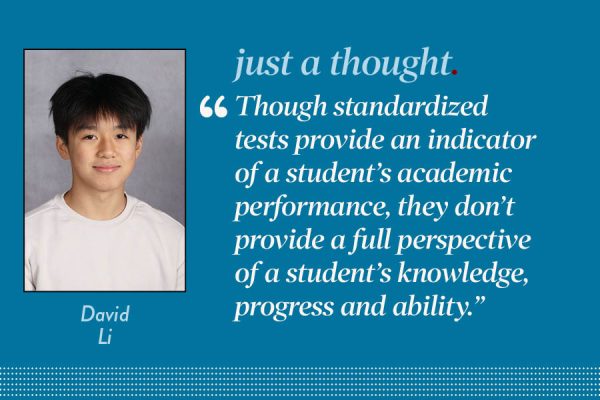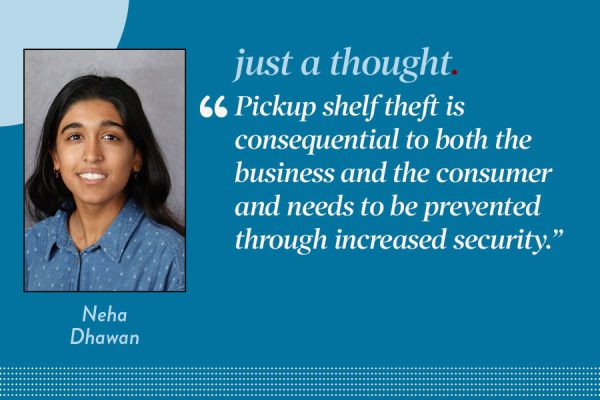High schools must rethink approach to preventing substance abuse
As the location of our formative years U-High has a responsibility to guide and educate students on the perils of substance abuse. This issue remains pervasive, suggesting that we must rethink our approach to tackling it.
April 28, 2023
From huddles in high school bathrooms to declining or failing grades, signs of substance abuse are prevalent at many corners of schooling institutions, but far too often, these red flags are responded to with a blind eye. As the location of our formative years, these institutions, including U-High, have a responsibility to guide and educate students on the perils of substance abuse. However, this issue remains pervasive, suggesting that high schools must rethink their approach to tackling it.
High schools can help students cope with substance abuse more effectively by providing comprehensive education, fostering a supportive environment and facilitating access to professional resources.
Results from last fall’s Health and Wellness survey should be a resource to help understand substance abuse habits better, but the way results are compiled and reported make it incredibly difficult to gauge an actual sense of substance abuse at U-High, making it all the more difficult to understand the gravity of our situation and how to take next steps. The survey combines substance abuse statistics for grades 6-12 with no availability of substance abuse patterns only among high schoolers, who are the main target group for substance abuse. Questions oriented poorly such as asking students how many times a month they have “vaped” — with the maximum option being 10-39 times — not only leave far too large of a range open to interpretation, but also are incorrectly asked given that vaping is a consistent, addictive habit, and addicts are likely to vape far more than 10-39 times within just a single day.
Education is the bedrock of prevention. U-High’s leaders — faculty and students — must prioritize comprehensive and evidence-based drug education programs that go beyond simple scare tactics. By presenting factual information about the consequences of drug use and debunking common misconceptions, students will be empowered to make informed decisions. Furthermore, U-High should integrate this education into our curriculums, making it an ongoing conversation rather than a one-time lecture. The Substance Abuse and Mental Health Services Administration emphasizes that school-based prevention programs reduce the risk of substance abuse by up to 30%.
U-High must foster a supportive and non-judgmental environment where students feel comfortable discussing their struggles. This can be achieved by training teachers and staff on how to identify and address substance abuse among students, creating open lines of communication and establishing peer support groups. Rather than emphasizing the consequences of alcohol and substance abuse in an academically-oriented way by highlighting punishments (such as suspension) and scaring students away from consulting with counselors to receive help, a larger emphasis should be placed on the support the school can offer to these students. A 2019 study published in the Journal of School Health found that students who felt connected to their school were less likely to engage in substance abuse. Encouraging open dialogue and providing emotional support can make a significant difference in a student’s decision to seek help and resist the temptation of substance use.
U-High should facilitate access to professional resources for students struggling with substance abuse. This can involve partnering with local mental health and addiction service providers, offering on-site counseling, or organizing workshops led by professionals in the field. The National Institute on Drug Abuse recommends that schools employ a multi-tiered approach to substance abuse intervention, including prevention, early intervention and treatment services. By providing a seamless continuum of care, schools can better address the diverse needs of their students and help them overcome addiction or substance dependence.
Overall, U-High, among all other high schools, has a unique opportunity to shape the lives of young individuals and help them navigate the complex world of substance abuse. By prioritizing comprehensive education, fostering a supportive environment, and providing access to professional resources, schools can help students cope with substance abuse more effectively. The challenge is great, but so is the potential to transform lives and foster healthy, successful futures for our youth.



